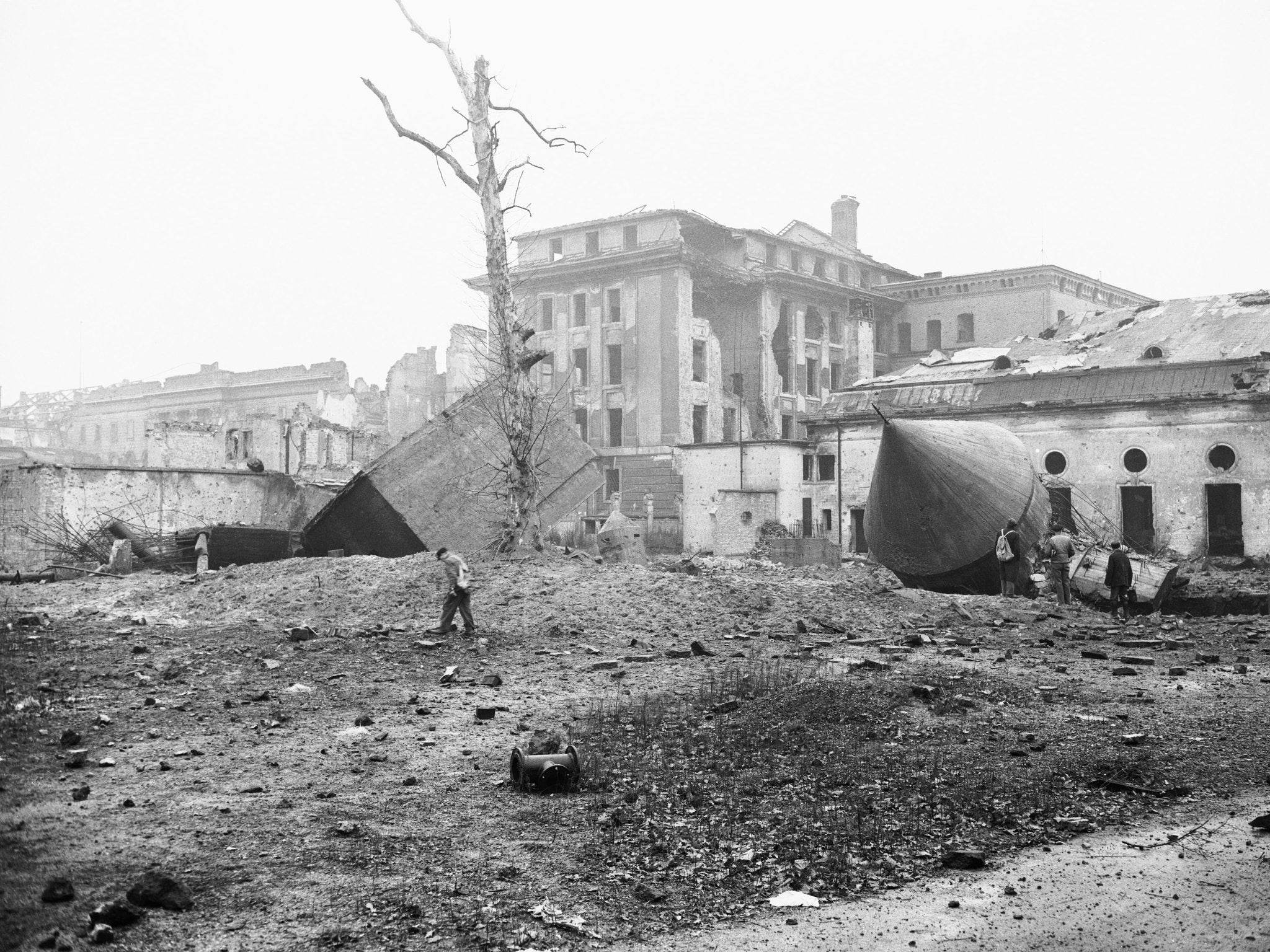Hitler's Fuhrerbunker to be reconstructed in Germany
The Berlin bunker where Hitler spent his final weeks will be partially rebuilt at a museum

Your support helps us to tell the story
From reproductive rights to climate change to Big Tech, The Independent is on the ground when the story is developing. Whether it's investigating the financials of Elon Musk's pro-Trump PAC or producing our latest documentary, 'The A Word', which shines a light on the American women fighting for reproductive rights, we know how important it is to parse out the facts from the messaging.
At such a critical moment in US history, we need reporters on the ground. Your donation allows us to keep sending journalists to speak to both sides of the story.
The Independent is trusted by Americans across the entire political spectrum. And unlike many other quality news outlets, we choose not to lock Americans out of our reporting and analysis with paywalls. We believe quality journalism should be available to everyone, paid for by those who can afford it.
Your support makes all the difference.A German museum plans to recreate the Berlin bunker where Hitler spent his last days at Führer during the Second World War.
The bunker copy is currently in the planning stages, but the museum’s director Ingo Mersmann expects it to be open by the summer.
Hitler’s rooms, his secretary’s office, the radio room and his doctor’s room will all be faithfully replicated.
“We want this to be an educational experience so that families or groups of school kids can see how it really was: To experience the tiny rooms and the dampness of the bunker. We want to recreate it to show people," Mr Mersmann to the Local news site.
The museum, named Top Secret, is not in fact in Berlin but in Oberhausen, a town in North Rhine-Westphalia.
Top Secret is no stranger to controversy. It made the news when it opened a replica of the building Osama bin Laden was living in before he was captured and killed by American special forces in 2011.
But the museum’s director assured critics that the site would not become a place of “pilgrimage” for neo-Nazis.
“We certainly don't want to recreate a place for the misguided people who still see him as a hero to come as a pilgrimage,” he said.

Hitler moved to the Führerbunker in January 1945 and remained there until his suicide in April, just days after marrying Eva Braun, when he realised the war was a lost cause.
In 1947 Soviet troops attempted to blow up the bunker, but succeeded in damaging a number of walls. In 1958 the East German government began to more thoroughly demolish the complex.
The site was left unmarked for many years, and it was only in 2006 that the location was received an official information board. It had been policy to ignore such sites, so they would not become places of pilgrimage for Nazi supporters.
Join our commenting forum
Join thought-provoking conversations, follow other Independent readers and see their replies
Comments